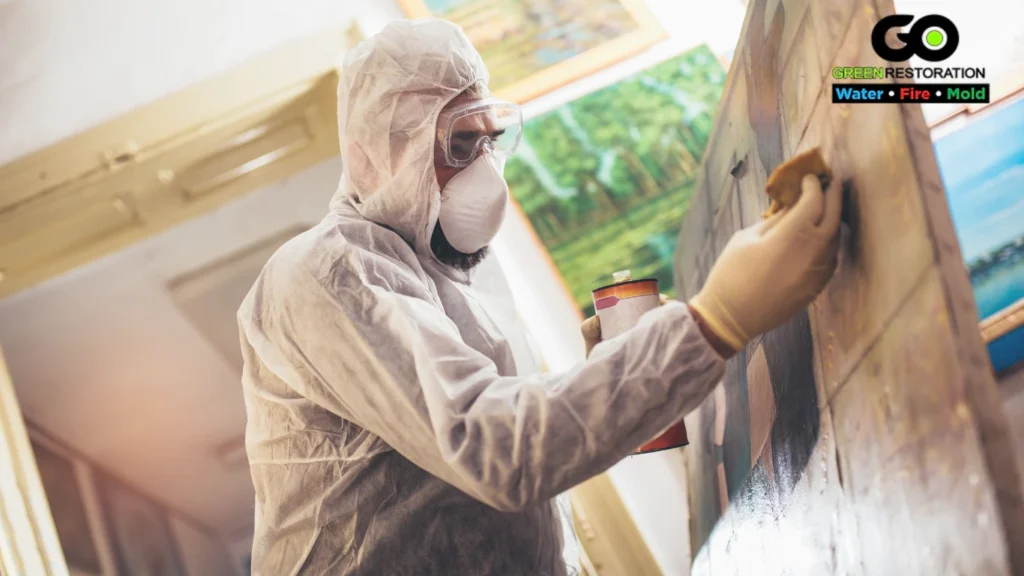Before modern fire suppression and restoration technology, civilizations faced massive challenges when recovering from widespread fire damage. In early settlements made of wood and straw, fires could level entire villages, leaving survivors with little choice but to relocate or rebuild from the ashes. The most common fire damage restoration method was manual clearing, where burned structures were dismantled, and salvaged materials were repurposed. Without today’s drying and soot removal techniques, these early efforts often left behind lingering smoke damage and structural weaknesses.
The Role of Natural Elements in Fire Recovery
With limited tools, ancient communities relied on natural methods to aid in fire damage restoration. Rain and wind were used to wash away soot, while sunlight helped eliminate lingering odors from smoke-damaged walls. In some regions, river water was redirected to douse smoldering embers, preventing further destruction. Over time, societies realized that fire-resistant materials, such as stone and clay bricks, reduced the need for constant rebuilding and improved the resilience of structures after fire damage.
Traditional Techniques for Structural Repair
As civilizations advanced, new fire damage restoration techniques emerged. In medieval Europe, artisans specialized in restoring burned wooden beams by reinforcing them with iron brackets or coating them in protective substances. In Asia, early forms of plastering helped seal fire-damaged walls, preventing further deterioration. These methods, while primitive by modern standards, marked the first steps toward organized fire damage recovery, emphasizing repair rather than complete reconstruction.
How Historical Techniques Shaped Modern Fire Damage Restoration
The trial-and-error recovery methods of the past paved the way for today’s advanced fire damage restoration practices. While ancient societies relied on natural forces and manual labor, modern restoration incorporates chemical treatments, air purification, and thermal imaging to restore structures efficiently. The importance of fire-resistant materials, first recognized centuries ago, remains a crucial element in modern construction, helping minimize fire-related destruction. These historical lessons continue to shape today’s approach to rebuilding and recovery.
Learn more:
How Historical Fire Disasters Shaped the Fire Damage Restoration Industry
How Fire Damage Restoration Began: Ancient Methods of Rebuilding After Fires

